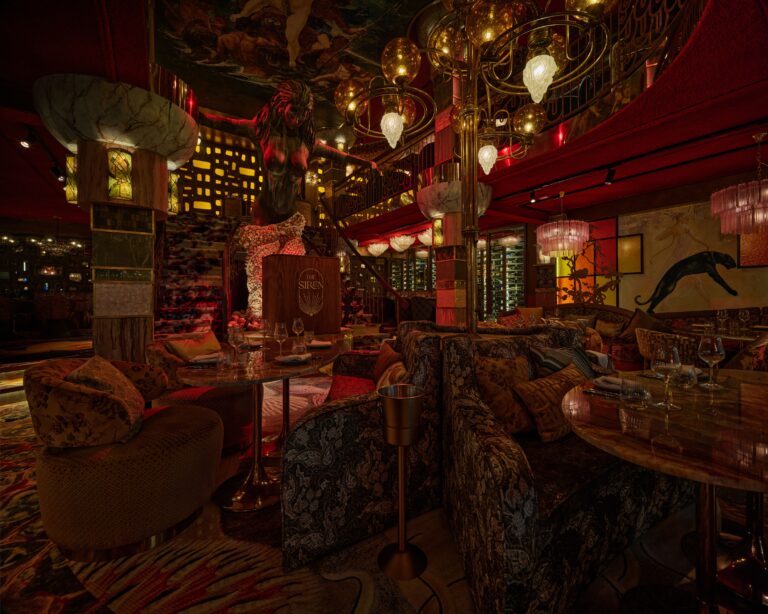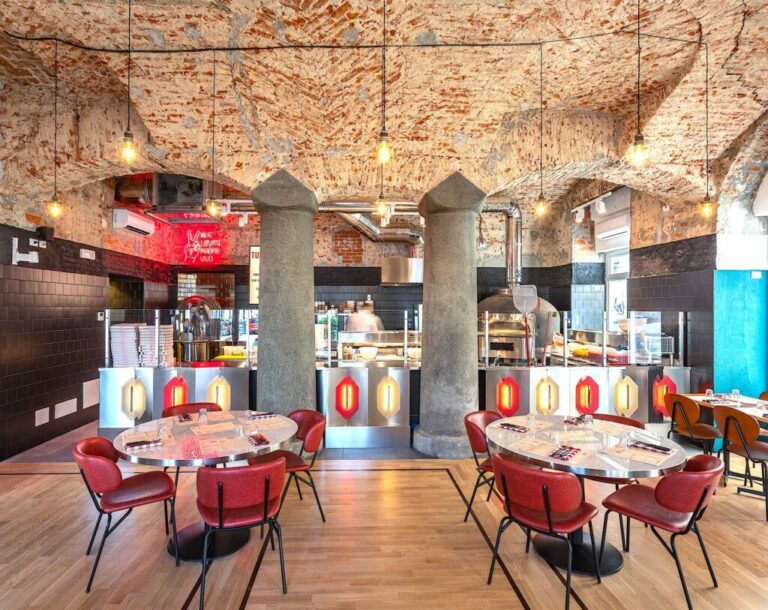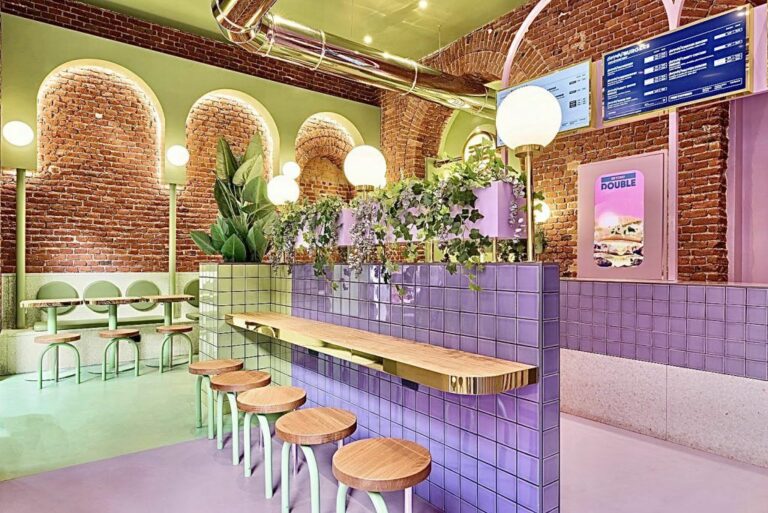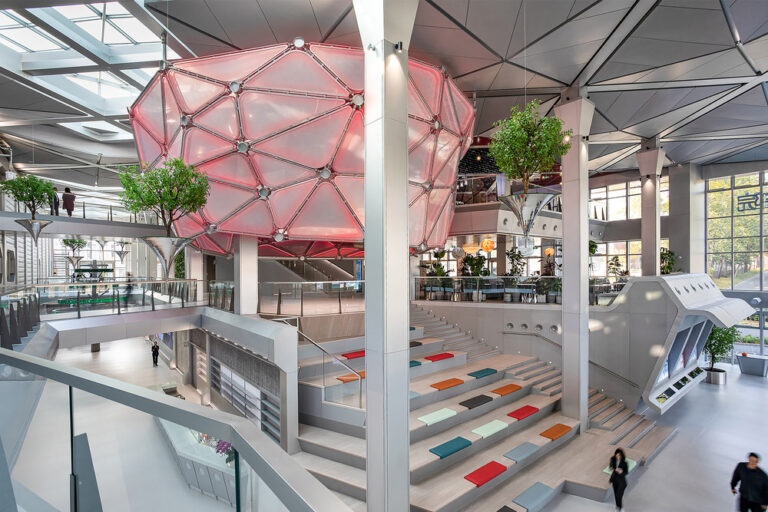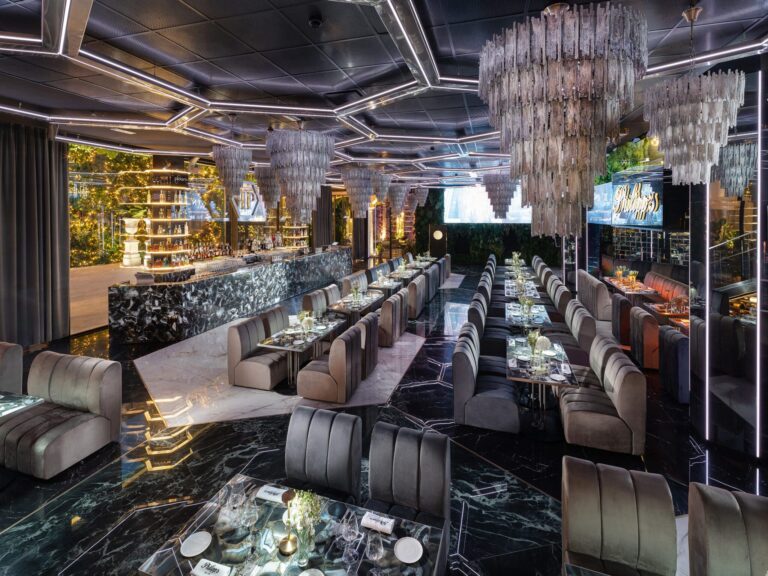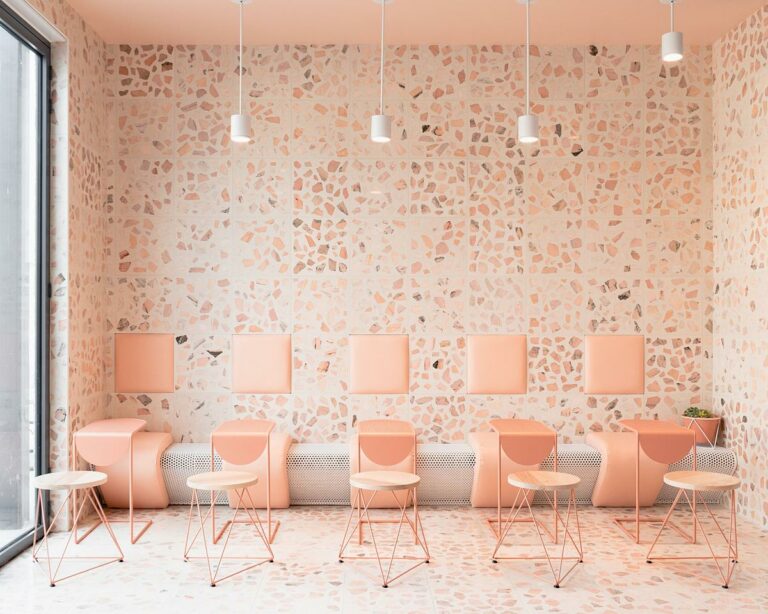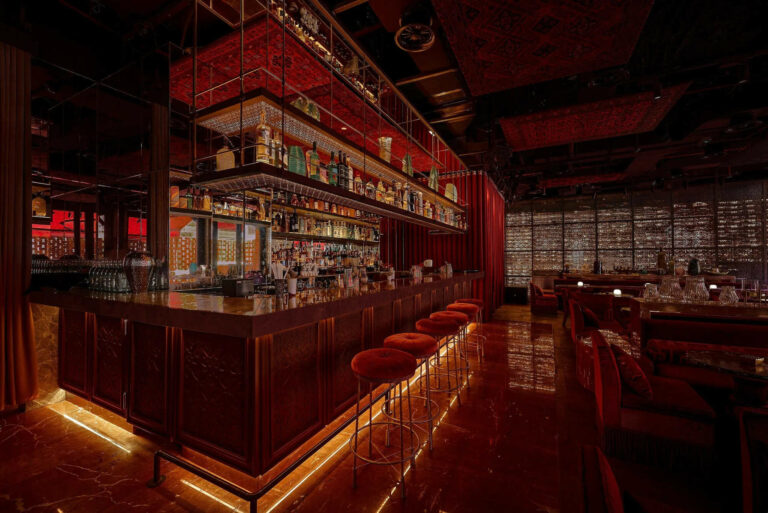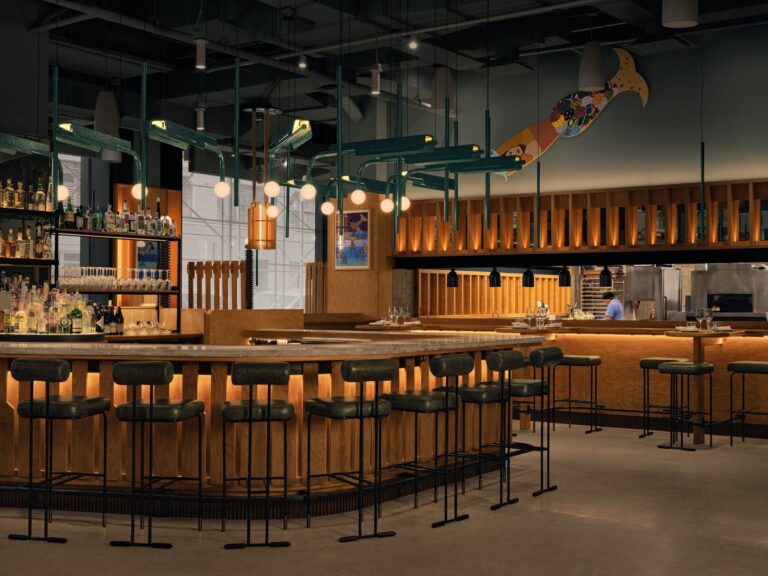WELCOME TO FOODINSPACE
The best web-magazine for Food&Beverage spaces worldwide
FOODINSPACE
AWARDS 2025
AWARDS 2025
The new edition has started! Ready to shine?
PUBLISH YOUR PROJECT
we are offering free online pubblication
featured
sponsored
latest projects
We are offering
free online publication.
projects
If you want to place
your advertising on this site,
contact us.











